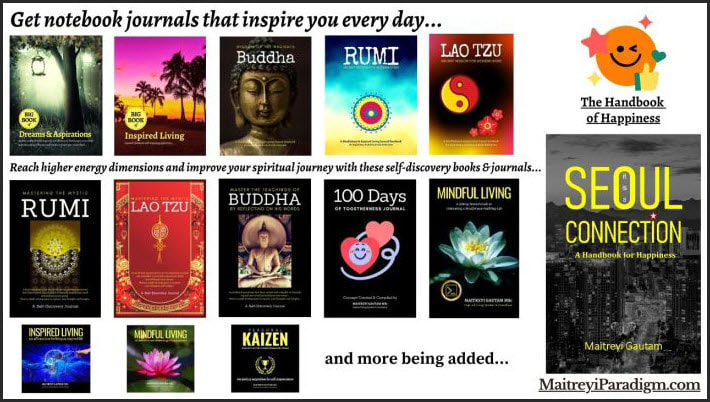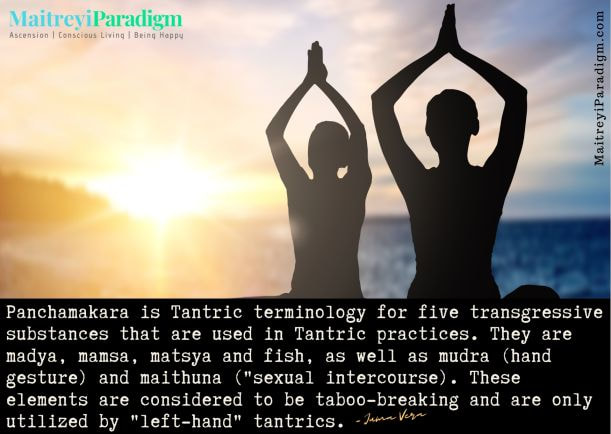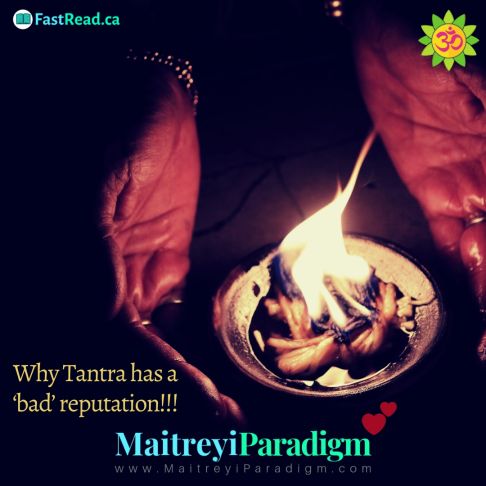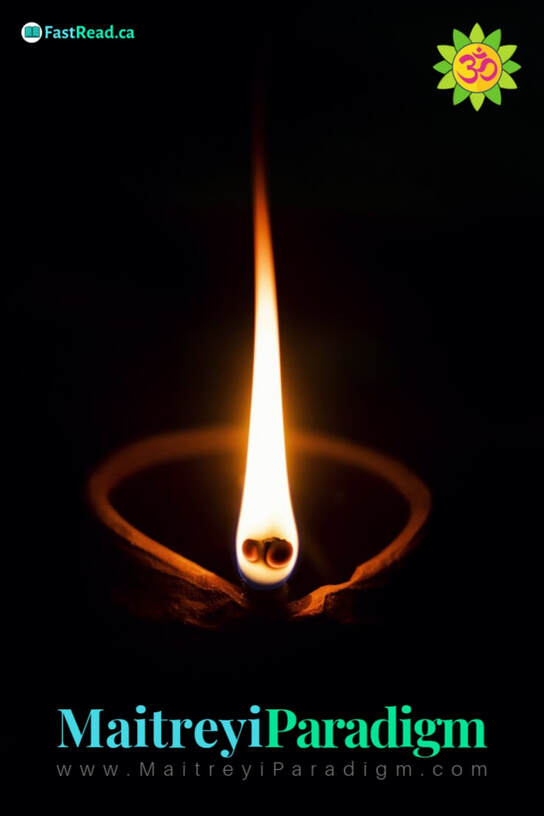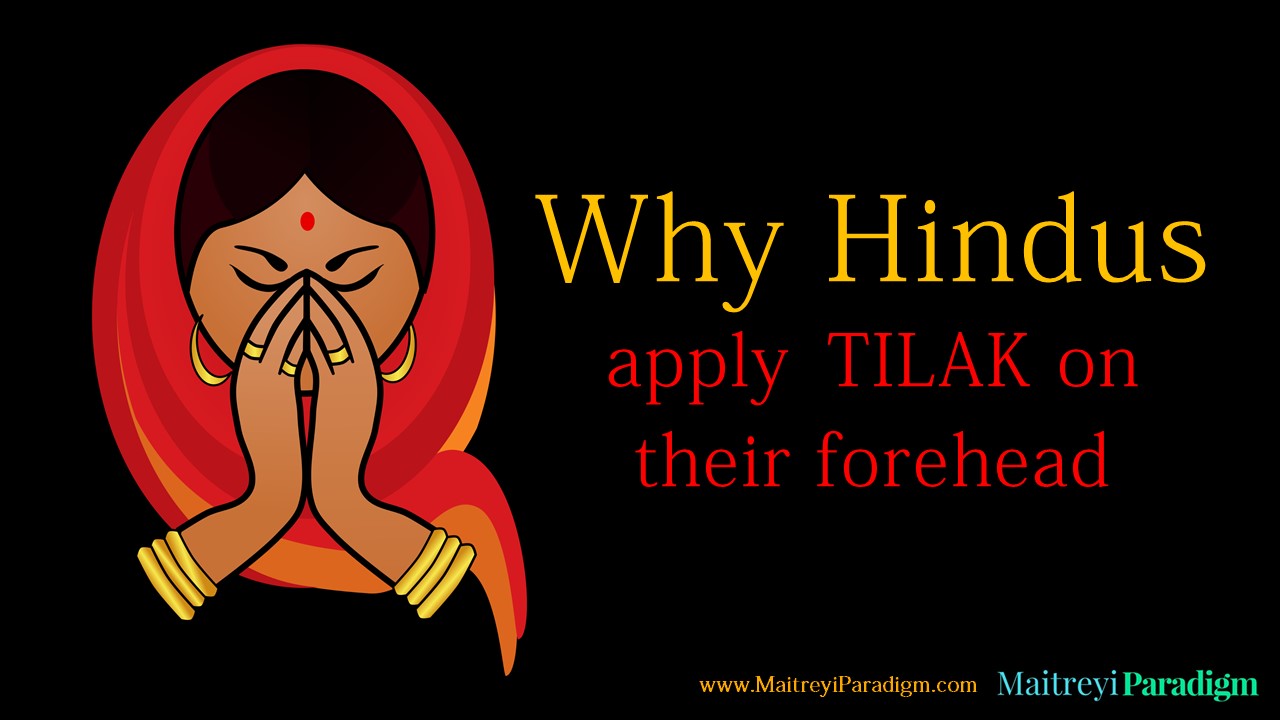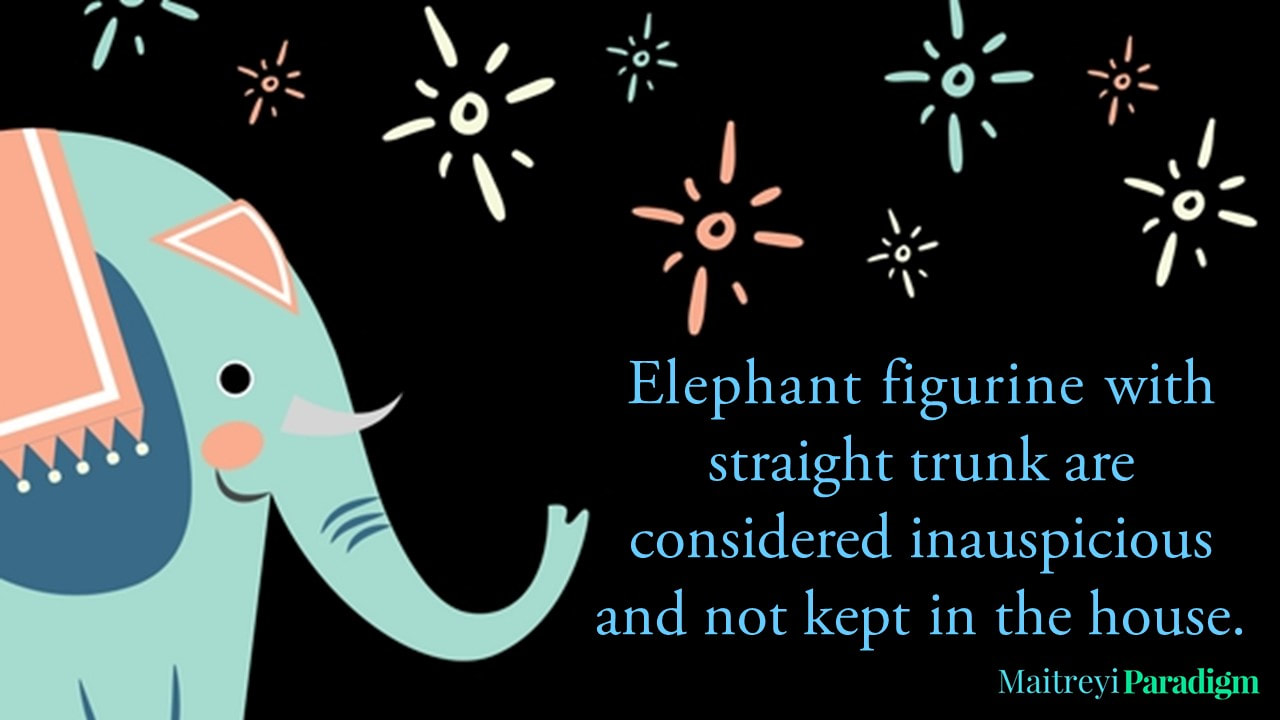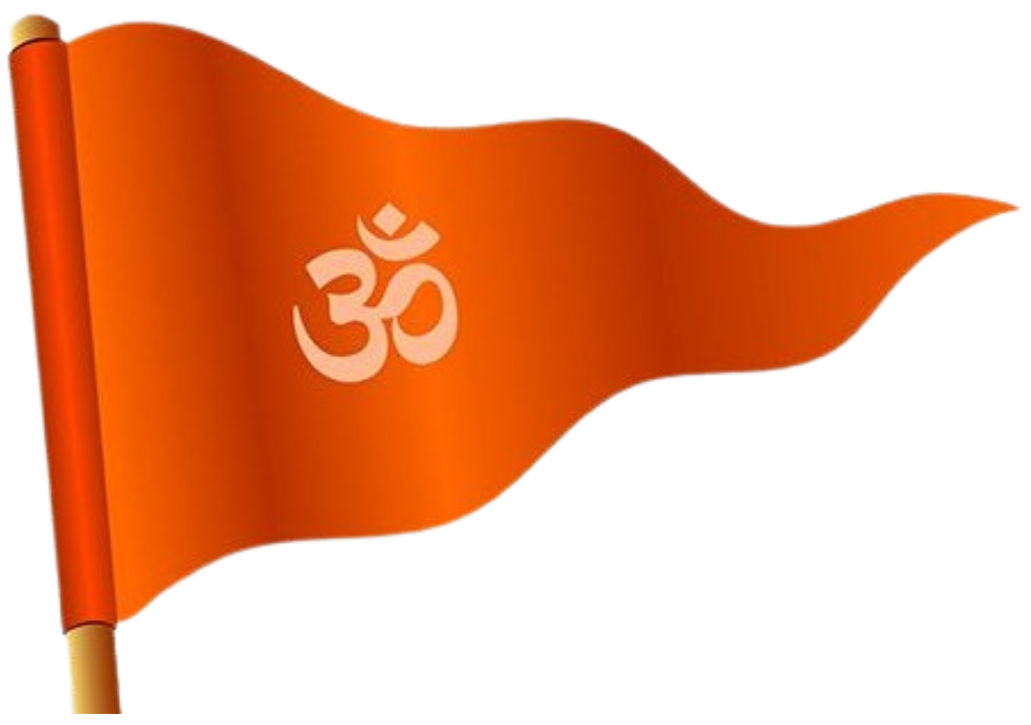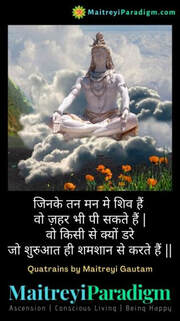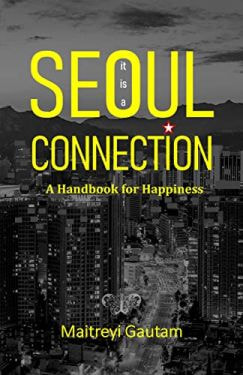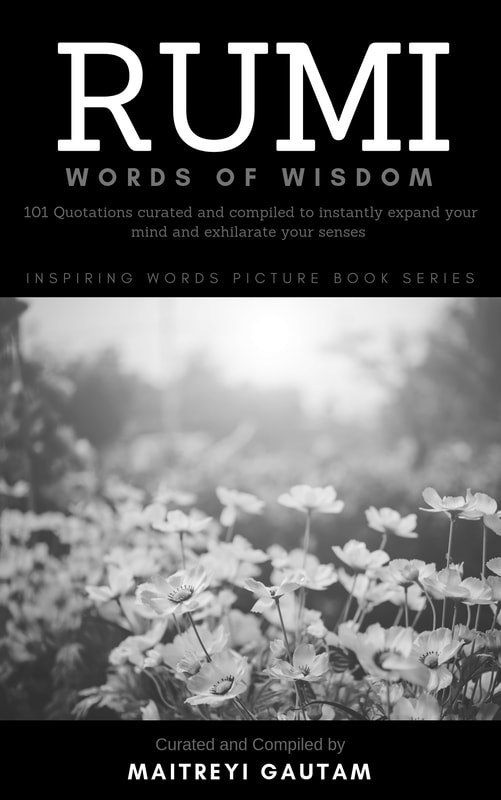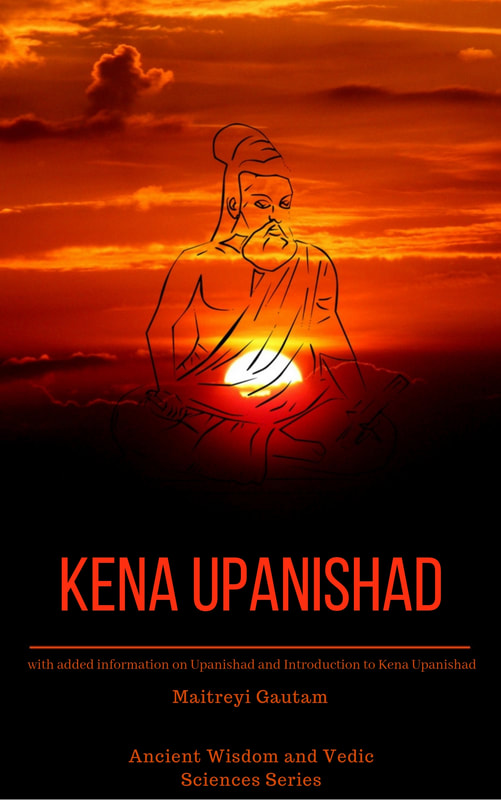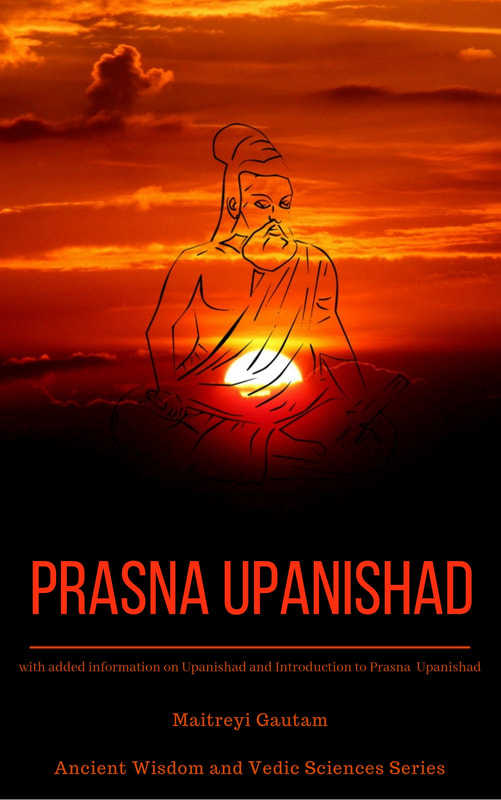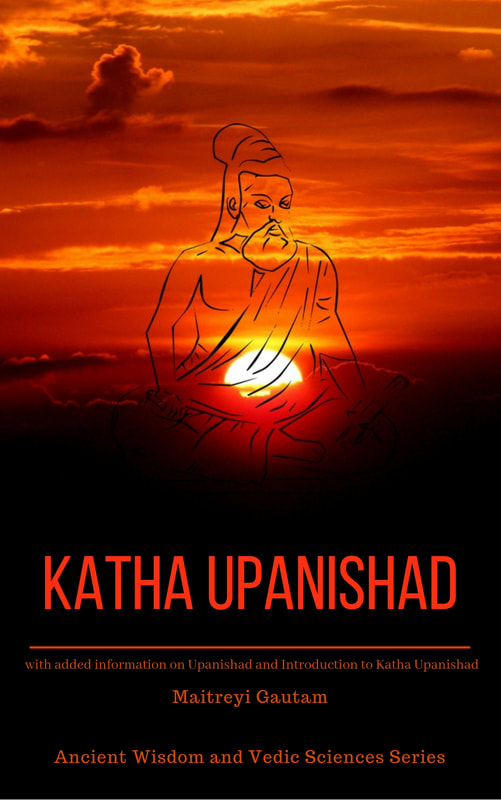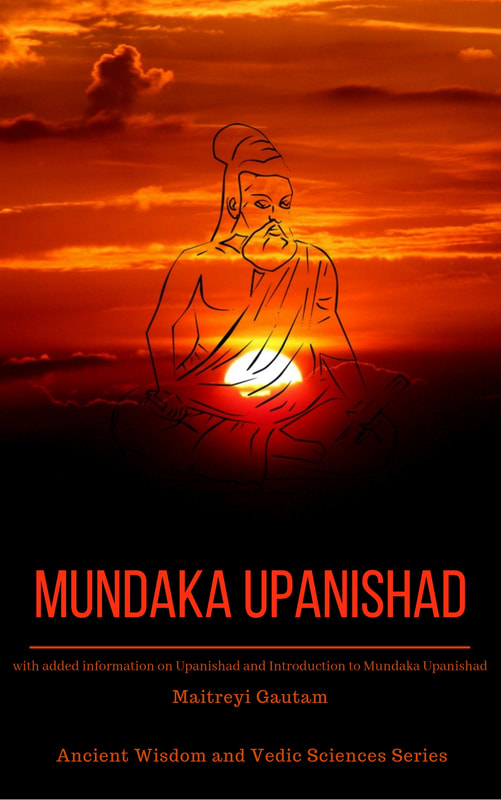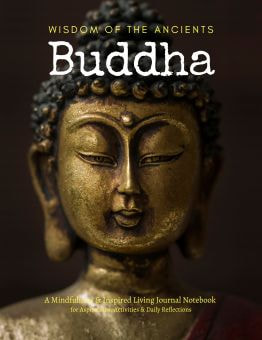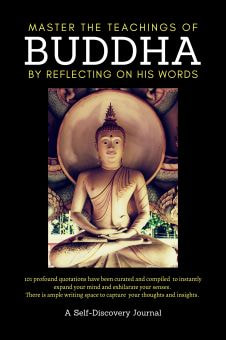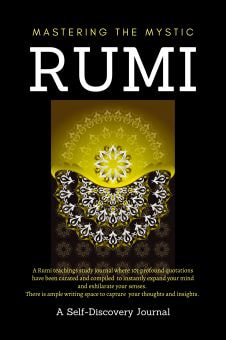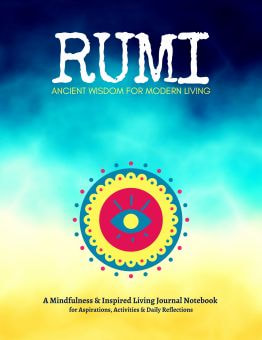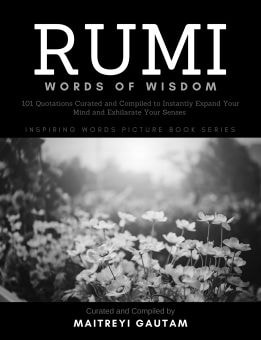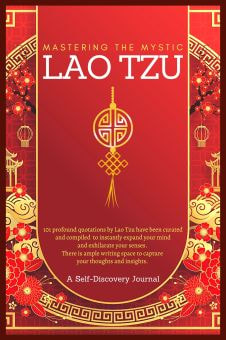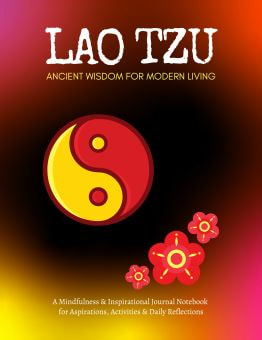The legend goes that once, there was a heated argument between Lord Brahma and Lord Vishnu as to how is more superior. To help them settle it, Lord Shiva appeared before them as an infinite pillar of fiery light. He asked them to find the top or the bottom and whoever would accomplish that task would be the winner.
So, Lord Vishnu took the form of a boar and delved into the earth to find the base, while Lord Brahma transformed into a swan and flew upwards to find the top.
Unable to reach the top, Lord Brahma saw the Ketaki flower floating down and asked it to bear false witness. He asked it to claim that he had seen the top of the fiery light pillar, where the Ketaki flower resided. When they returned, Lord Brahma falsely claimed to have found the pinnacle. Ketaki flower took part in this deceit by being a the false witness.
Lord Shiva got angry at Lord Brahma’s dishonesty. He also got angry at the Ketaki flower for agreeing to lie and partake in the deceitful conduct. Lord Shiva cursed Lord Brahma that he would not be worshipped in temples on earth, and he also cursed the Ketaki flower that it would be used in his, i.e. Lord Shiva’s worship.
This story shows the importance of truth and integrity in Vedic Sanatan Hindu spiritual practice. It also highlights the consequences of indulging in deceit.
As a result of this curse, Ketaki flower is not used in the worship of Lord Shiva.

